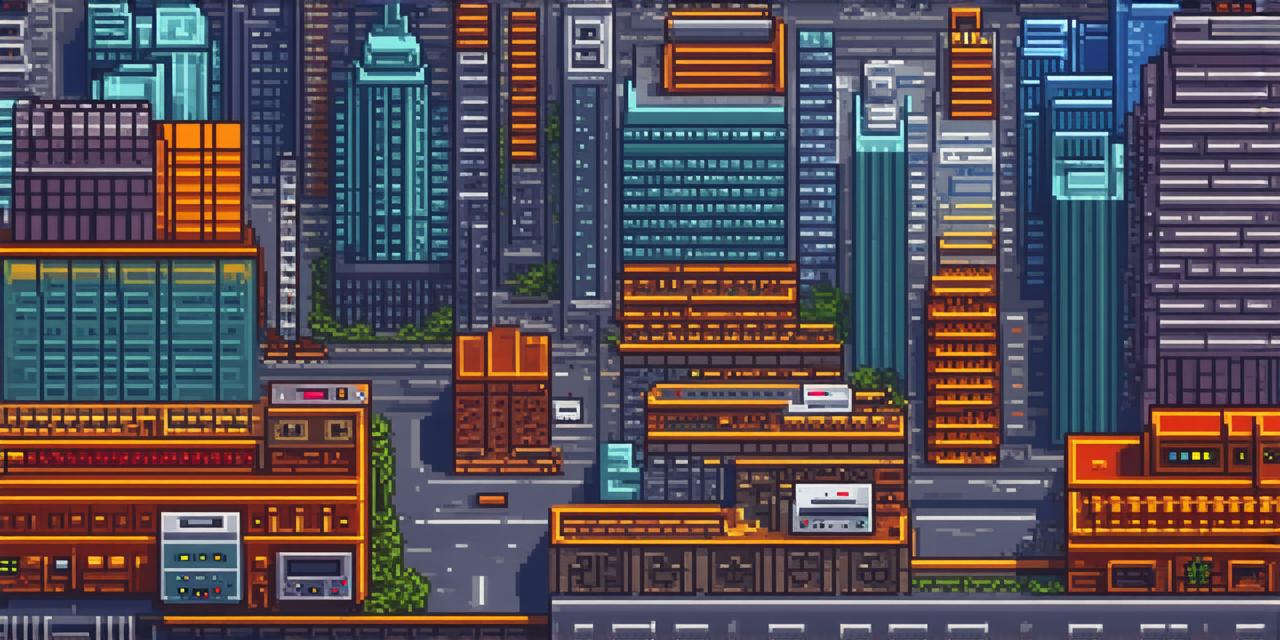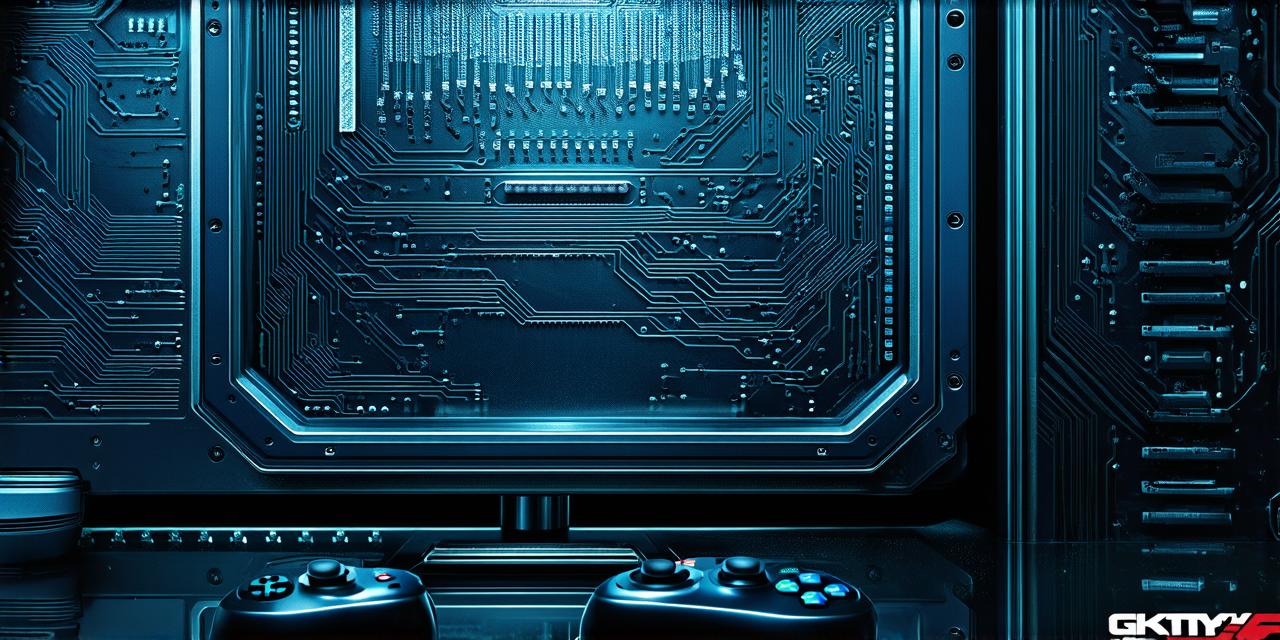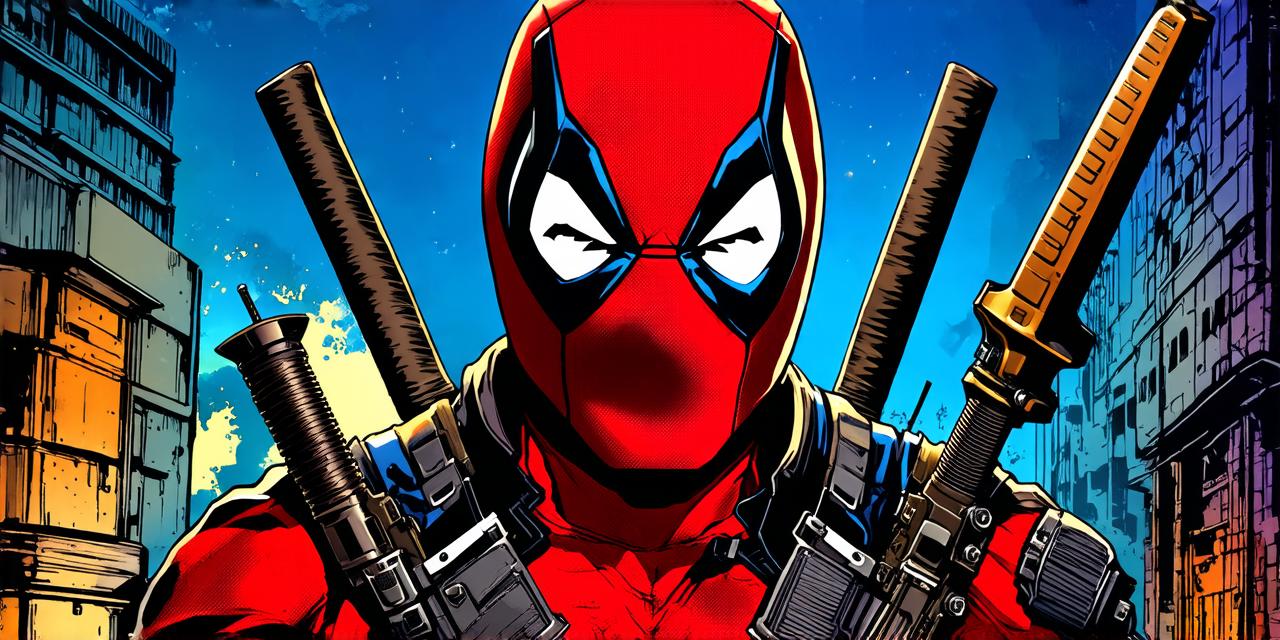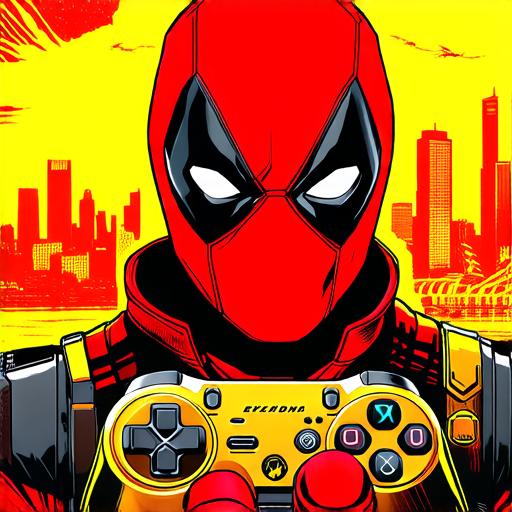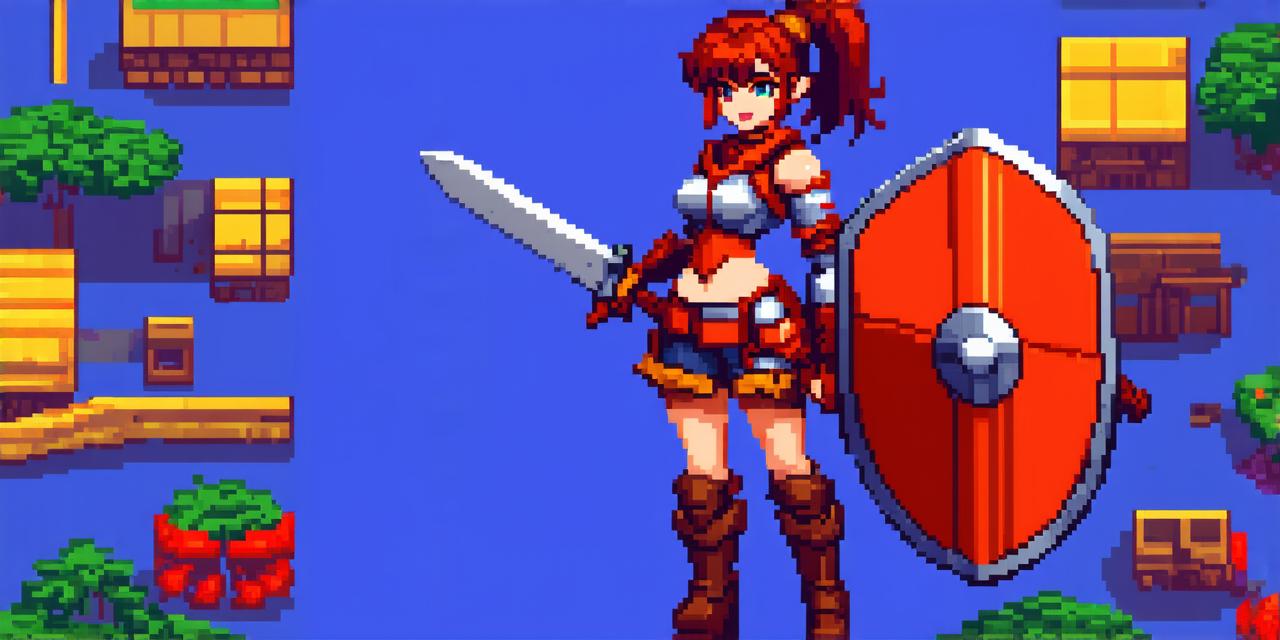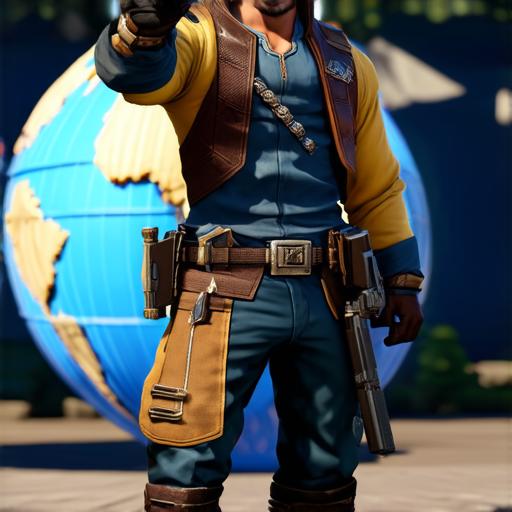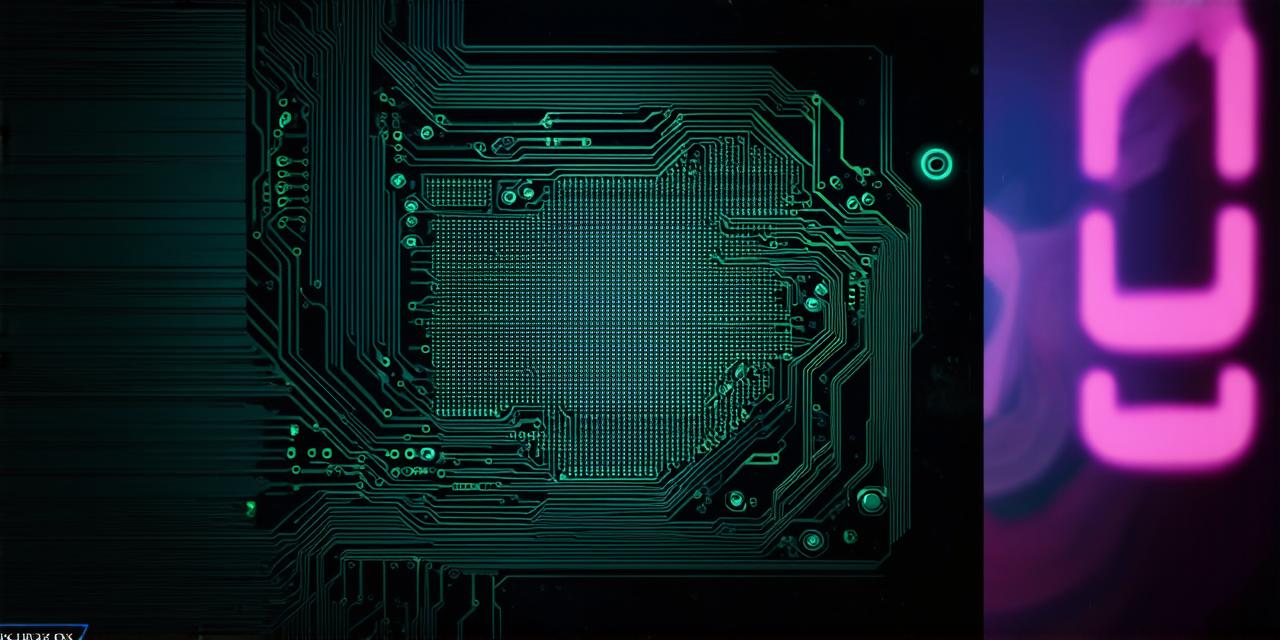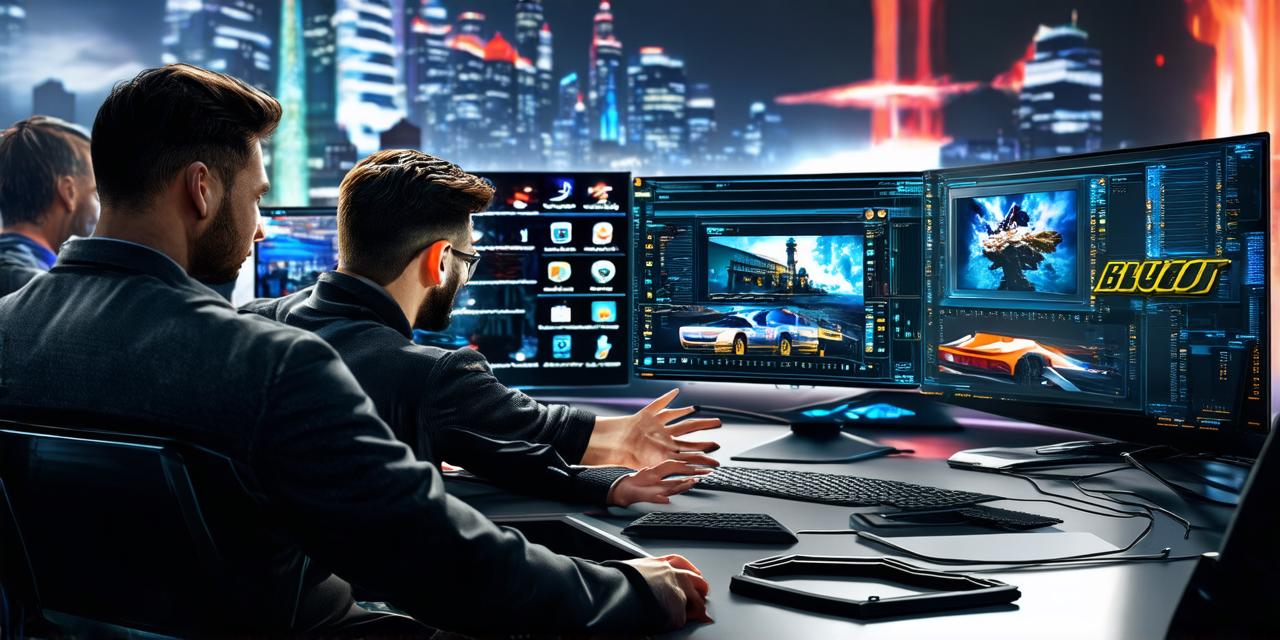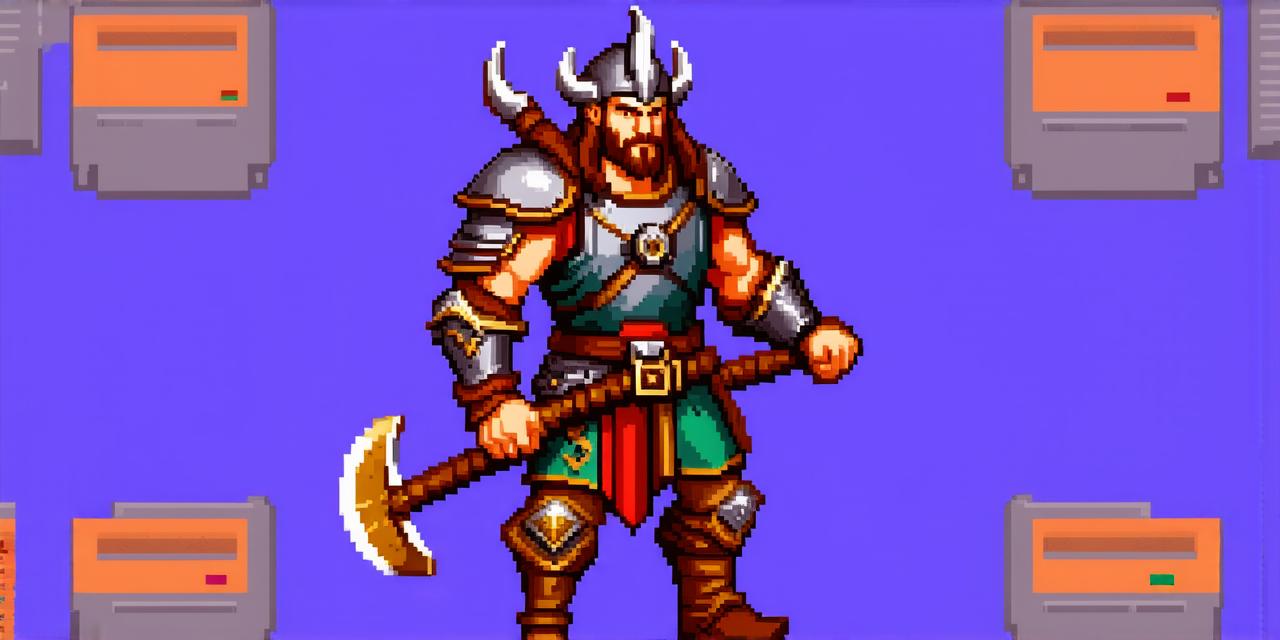What are video game graphics
As game developers, we know that graphics play a crucial role in creating an immersive and engaging gaming experience. From the smooth rendering of characters to the intricate details of environments, video game graphics have come a long way over the years.
In this article, we will explore what video game graphics are, how they work, and why they matter.
What are Video Game Graphics?
Video game graphics refer to the visual elements that make up a game, including 3D models, textures, lighting, and special effects. These graphics are created using various software tools and techniques, such as computer-generated imagery (CGI) and 2D art. The goal of video game graphics is to create a believable and engaging visual representation of the game world that immerses players in the game’s story and atmosphere.
Why do Video Game Graphics Matter?
Video game graphics matter for several reasons. First, they help to establish the mood and tone of the game. For example, a dark and gritty game may have muted colors and harsh lighting, while a more cheerful game may have brighter colors and softer lighting. Graphics also play a crucial role in creating a sense of realism and immersion. Players want to feel like they are part of the game world, and high-quality graphics can help achieve this by making the environment and characters look and feel authentic.
Moreover, video game graphics can also impact the performance of the game. If the graphics are too complex or require too much processing power, it can slow down the game and negatively affect the player’s experience. Therefore, game developers must strike a balance between creating visually stunning graphics and optimizing the game for smooth performance.
How do Video Game Graphics Work?
There are several key components that make up video game graphics. These include:
- 3D Models
- Textures
- Lighting
- Special Effects

Case Studies: Real-Life Examples of High-Quality Video Game Graphics
There are many examples of high-quality video game graphics that have been used to create immersive and engaging gaming experiences. Here are a few examples:
- The Witcher 3: Wild Hunt
